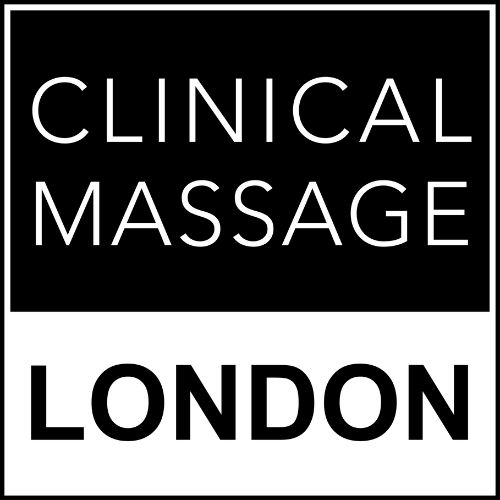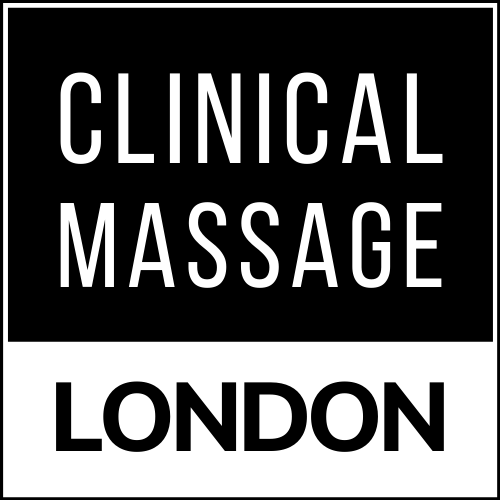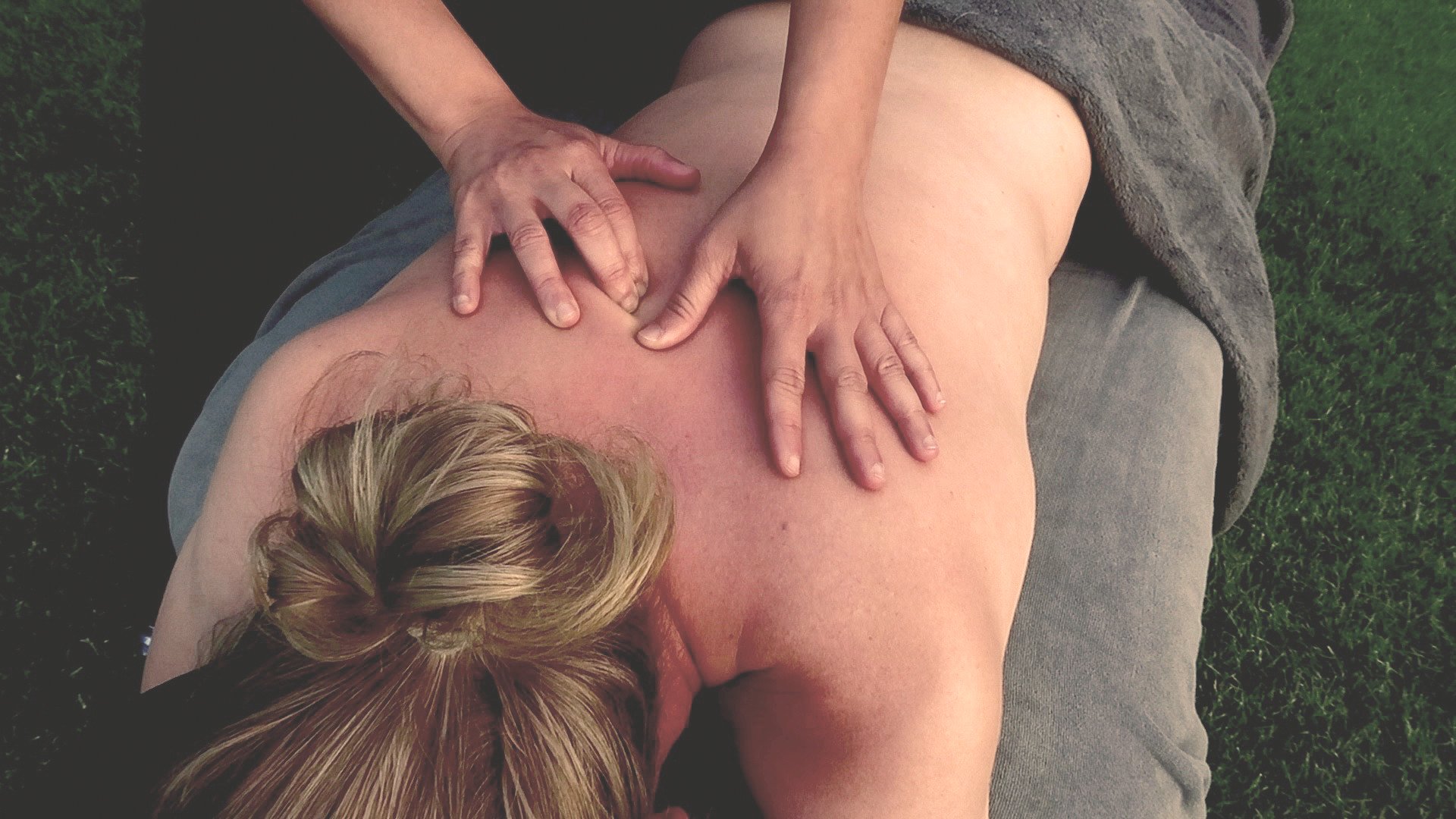
Techniques used in Clinical and Sports Massage
Typically, these may include deep tissue massage, myofascial release, trigger point therapy, swedish massage and sports stretching, applied with a broad or specific focus tailored to the needs of the client.
An understanding of the physiological characteristics of your condition, and the physiological effects of the techniques at your therapist’s disposal, are what help ensure each treatment is delivered as efficiently and effectively as possible.
Deep Tissue Massage
Deep tissue massage is a bread and butter technique that consists of deep, longitudinal pressure, applied with the primary purpose of encouraging elongation in the muscle tissue.
It’s a wonderfully smooth, slow gliding stroke along the direction of muscle fibres, and is used in many different types of massage modalities - including sports massage, structural bodywork and more.
It helps reduce hypertonicity and increase pliability of the muscles. Strokes can be applied over a broad surface, or involve deep stripping of a more localised area - great for targeting trigger points.
Appropriate pressure levels are achieved through client communication and a listening touch - with the most effective outcome lying at the threshold between pleasure and pain.
WHEN DONE RIGHT, DEEP TISSUE MASSAGE IS DEEPLY ENJOYABLE. IT’S ONE OF MY FAVOURITE TECHNIQUES BOTH TO ADMINISTER, AND TO RECEIVE. NO MASSAGE IS COMPLETE WITHOUT SOME DEEP TISSUE WORK!
Trigger Point Therapy
When someone complains of a headache, pain around the back of the shoulder, up along the neck, into the jaw, and around the temples - it’s more than likely they’ll have a trigger point in their upper trapezius muscle.
Trigger points are pesky things - small, painful nodules located in tight muscles that refer pain elsewhere in the body - often along nerve pathways - in a predictable pattern.
The good news is that if a trigger point is what’s causing your pain, massage is a pretty effective way of eliminating it.
There are many techniques that can be used to address trigger points, and if someone is exhibiting a distinctive pain pattern, this can make finding the root cause of their pain even easier.
Most often, a firm pressure is applied to the knotted area; the blanching effect of applied compression is thought to squeeze blood out of the tissue.
In theory, when pressure is released blood supply floods back into the local area; enhancing availability of oxygen, nutrients, and helping to restore balance to the local biochemical environment of the cells.
Curious about trigger points? Find out more via this blog article we wrote on the subject.
TRIGGER POINT WORK IS ALWAYS INCORPORATED INTO A TREATMENT IF NEEDED. IF WE FIND A TRIGGER POINT, I WORK ON IT USING CLEAR CLIENT COMMUNICATION TO ESTABLISH BOUNDARIES OF GOOD PAIN. THE MOST EFFECTIVE TREATMENTS ARE OFTEN INTENSE, BUT ALSO IMMENSELY SATISFYING.
Myofascial Release
Myofascial release refers to manual therapy that places its main focus and intent on freeing restrictions of movement that arise due to fascial adhesions within the soft tissues of the body.
Myofascial release techniques are based on the principle that fascia - the continuous network of connective tissue that encases every layer of bone and soft tissue from muscles down to individual muscle fibres - plays an important role in the healthy function of tissues and tissue mobility.
Any restrictions arising between endofascial and interfascial planes that prevent optimal gliding are thought to lead to suboptimal exchange of fluids, as well as reduced quality of blood circulation and mechanoreceptor coordination.
Depending one the client’s needs, I sometimes use indirect fascial techniques, which involve the application of a low intensity mechanical output in the form of stretches or compression to a specific region, followed by a slow steady pressure in the direction of ease, with aims to adjust and restore tension distribution within the facial network.
More often I will use direct techniques - sometimes also referred to as deep tissue work, which generally involve the application of some form of direct shear stress, in order to separate adhesions binding muscles and individual muscle fibres to their adjacent structures.
Both methods are performed without or with minimal lubrication to allow maximal contact with underlying layers of tissue. Direct techniques can have a warm sensation of gentle friction, a sensation that I personally find quite delicious!
THOUGH TECHNICALLY SPEAKING, ANY HANDS ON MASSAGE THERAPY WILL INVOLVE SOME LEVEL OF MYOFASCIAL MANIPULATION, MYOFASCIAL RELEASE TECHNIQUES TEND TO MAKE USE OF A DEEPER KNOWLEDGE AND DEGREE OF INTENT THAT SPECIFICALLY AIMS TO AFFECT THE DEEPER LAYERS OF FASCIAL PLANES.
Swedish Massage
There are a couple of Swedish massage moves that blend well with the rest of my work: the slow relaxing glide of effleurage deployed with palms or forearms helps to relax the tissues and stimulate blood flow.
It’s been shown to decrease firing of the sympathetic nervous system, and makes a perfect transition move between deeper work.
Pétrissage - the rhythmic compression and stretching of tissues in relation to each other - is a more invigorating aspect of this modality.
It is used to to stimulate, warm up and encourage pliability in the tissues.
KNEADING OF THE TRAPEZIUS CAN FEEL LIKE HAVING A MASSIVE KNOT LOOSENED, WHILST WRINGING - ANOTHER FORM OF PÉTRISSAGE - FEELS PARTICULARLY GREAT ON THE HAMSTRINGS, QUADS AND FOREARMS, OFFERING THE SATISFYING BUT SUBTLE SENSATION OF MYOFASCIAL TORQUE ACROSS OVERLAPPING MUSCLES LAYERS.
Sports Stretching
Passive Stretches
There’s something about having someone else take you into a stretch that feels incredibly productive.
Aside from feeling great, stretches are good for helping to increase range of motion in a joint, by lengthening and improving blood flow to the tissues. I’ll often take my clients into a passive stretch where I ask them to breath through, as we move the joint to it’s end of range.
PNF Stretching
Aside from passive stretches, dynamic stretching techniques add a different dimension to stretching - employing a neurologic reflex to further enhance the efficiency of the stretch.
One of my favourite techniques is PNF stretching (a.k.a. proprioceptive neuromuscular facilitation). It’s also known as the contract-relax stretch, because it involves taking your joint to its end of range and then getting you to resist gentle pressure for a number of seconds before letting go and allowing the therapist to take you further into the stretch.
PNF stretching makes use of what is known as the tendon reflex (a.k.a. the golgi tendon organ reflex), which inhibits a muscle from contracting in response to excessive contraction of that muscle.
This allows us to take the muscle further into a stretch than would otherwise be possible.
Active Isolated Stretching
The other technique I sometimes use is known as Active Isolated Stretching (AIS), which involves getting the client to actively engage their agonist muscles, before applying two seconds of stretch to the joint’s end of range for its antagonist muscles.
This technique exploits a neurologic reflex known as reciprocal inhibition, which dictates that as a muscle contracts, its agonist relaxes.
It takes roughly two seconds for what is known as the myostatic stretch reflex to kick in - this is the body’s natural protective mechanism that causes a lengthening muscle to contract once it has been taken beyond a certain point in order to protect the muscle belly from being torn.
By limiting the stretch to two seconds, we can further enhance the stretch before the muscle begins contracting , allowing for better and faster results.
The isotonic contraction involved also makes AIS stretching a great warm up stretch, as this brings a greater amount of blood and oxygen to the muscles, allowing for better functional optimisation.








